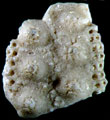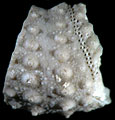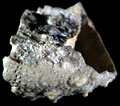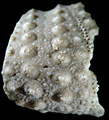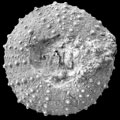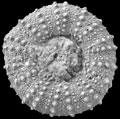The Echinoid Directory
Euporophyma Gauthier, in Fourtau, 1901, p. 59
| Diagnostic Features |
|
|---|---|
| Distribution | Turonian, Egypt and India. |
| Name gender | neuter |
| Type | Coptosoma lefebvrei Gauthier, in Fourtau, 1901, 57, by original designation. |
| Species Included |
|
| Classification and/or Status |
|
| Remarks |
|
